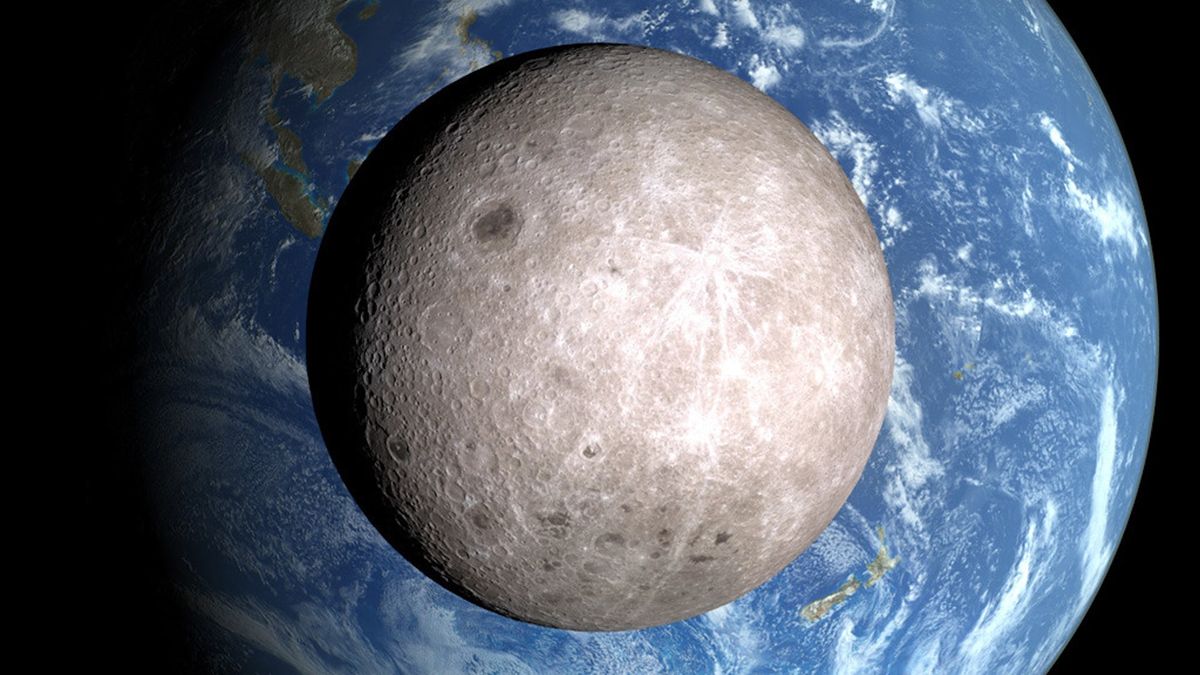Building telescopes on the moon could transform astronomy - and it's becoming an achievable goal [View all]
By Ian Crawford published about 3 hours ago
Lunar exploration is undergoing a renaissance. Dozens of missions, organized by multiple space agencies – and increasingly by commercial companies – are set to visit the moon by the end of this decade.

The far side of the moon is an attractive place to carry out astronomy. (Image credit: NASA / Ernie Wright)
Lunar exploration is undergoing a renaissance. Dozens of missions, organized by multiple space agencies – and increasingly by commercial companies – are set to visit the moon by the end of this decade. Most of these will involve small robotic spacecraft, but NASA's ambitious Artemis program, aims to return humans to the lunar surface by the middle of the decade.
There are various reasons for all this activity, including geopolitical posturing and the search for lunar resources, such as water-ice at the lunar poles, which can be extracted and turned into hydrogen and oxygen propellant for rockets. However, science is also sure to be a major beneficiary.
The potential role for astronomy of Earth's natural satellite was discussed at a Royal Society meeting(opens in new tab) earlier this year. The meeting itself had, in part, been sparked by the enhanced access to the lunar surface now in prospect.
Far side benefits
Several types of astronomy would benefit. The most obvious is radio astronomy, which can be conducted from the side of the moon that always faces away from Earth – the far side.
More:
https://www.space.com/building-telescopes-on-the-moon
